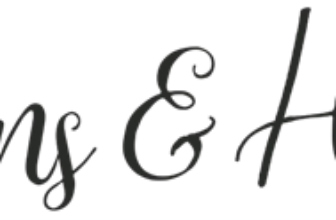
Choosing the Right Mattress for Your Baby
[ad_1]
There are a number of options which you might like to consider when purchasing a mattress for your baby’s cot or crib. Newborn babies sleep on average 18 hours per day, which is why choosing the correct mattress for your baby is essential.
Some cots and Moses baskets come with a cold foam mattress as standard, included in the price. Cold foam mattresses are perfectly safe, and provide an adequate sleeping surface for your baby. They may be made from a natural latex foam or a synthetic foam. Both of these options have been rigorously tested and are certified to British standards, containing no chemical known to be harmful to your baby. Most foam mattresses have a wipeable, waterproof cover which is not usually removable. Some have breathable covers and holes in the mattress at one end or throughout, to increase air flow. The mattresses are available in several thicknesses, generally a free mattress will be around 7cm thick and will need replacing regularly. Thicker, 10cm foam mattresses will last longer.
You might wish to upgrade from this entry-level mattress though, bearing in mind that your baby will spend the majority of his time asleep or resting in the cot or crib for the first months of life. Alternatives include sprung mattresses, which are generally deeper and more supportive than a foam mattress, and with a firmer resting surface. Typically this type of mattress will have pockets of springs sandwiched between layers of synthetic or natural latex foam or fabric and usually a removable washable fabric cover. Additional benefits may include anti dust mite barrier layers or anti-bacterial finishes, or waterproof covers.
Some sprung mattresses are combined with natural fibres, typically cotton or wool mixtures, and now even bamboo, used for its sustainable, environmentally friendly properties. The best sort of sprung mattress is a pocket-spring mattress, which has individual mini springs in pockets throughout the mattress providing good, firm and even support. You might like to use a waterproof mattress protector to help prolong the life of the mattress. This extra, optional layer can usually be washed at high temperatures which helps prevent bacterial build up and infection. Mattress toppers can be used for extra comfort beneath the sheet, these quilted or padded layers should be washable at high temperatures and will reduce the need for prequent washing of the mattress cover. If the mattress itself gets badly soiled or urine-soaked, it should be replaced, so some form of mattress protection is recommended.
Wholly organic mattresses using entirely natural fibres are available for all sizes of crib, cot and cot-bed. These mattresses use fibres such as organic coir (coconut fibre) and natural latex, wool and organically produced cotton. Covers should be removable and washable at high temperatures. The construction varies and may include traditional springs, or layers of coir fibre providing bounce and support. These mattresses are usually more expensive than sprung mattresses, but provide a chemical-free environment for your baby. Check that the materials used are all certified organic and chemical-free.
[ad_2]
Source by Sheryl Hippins



